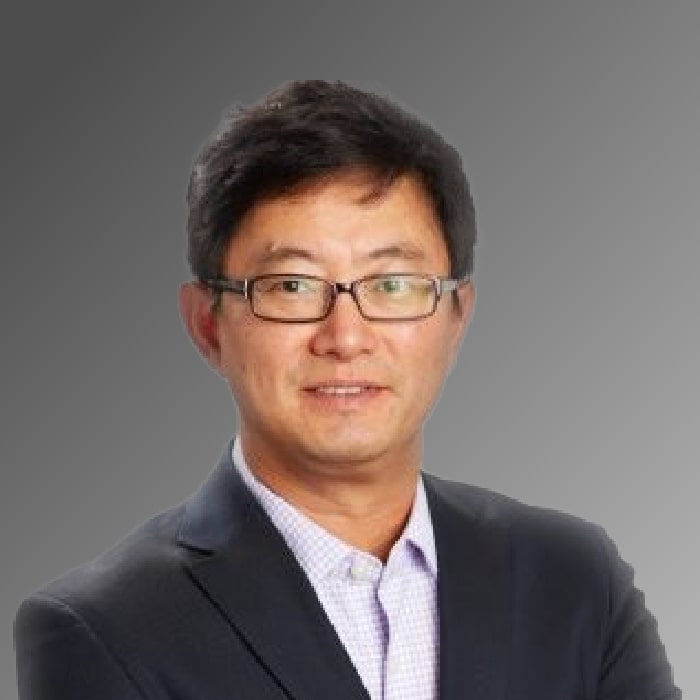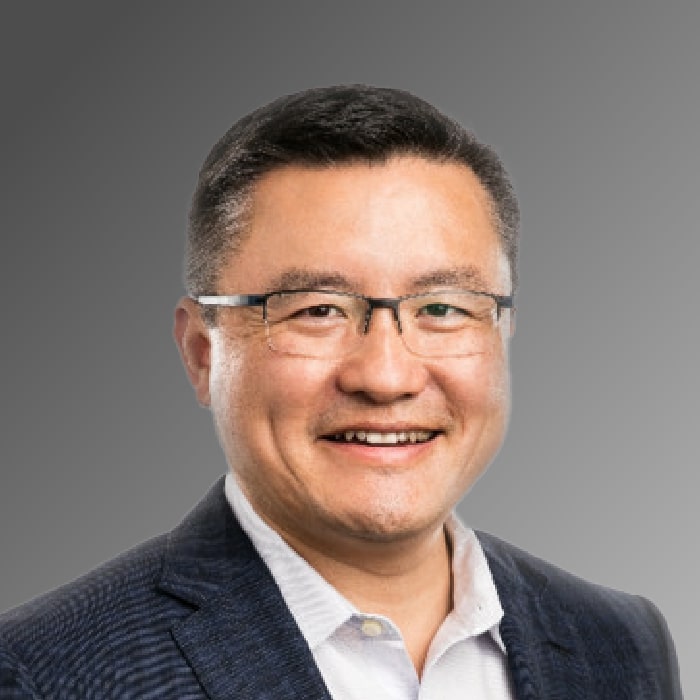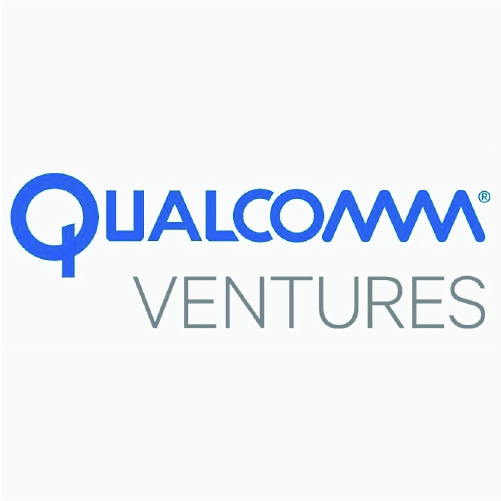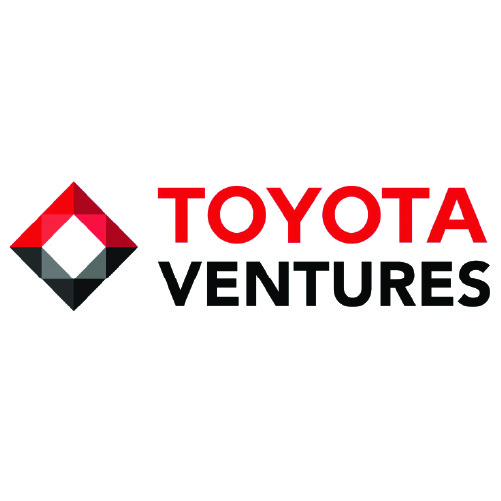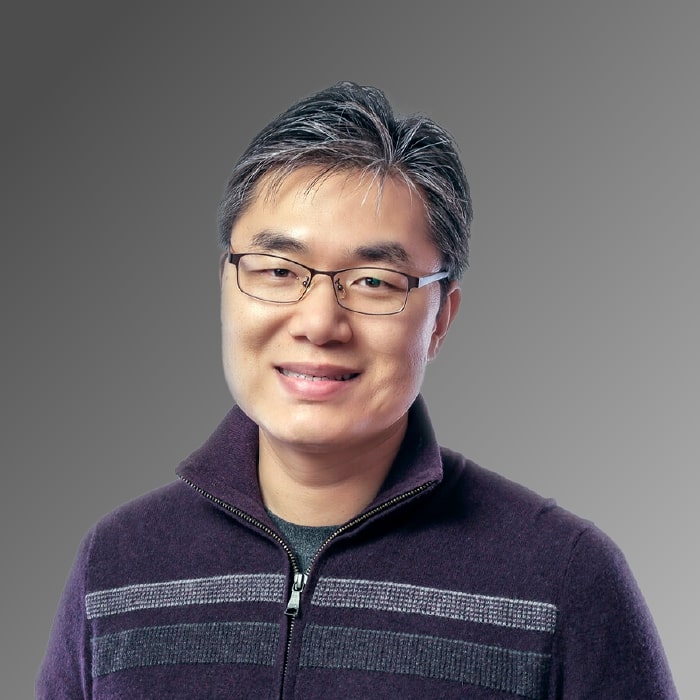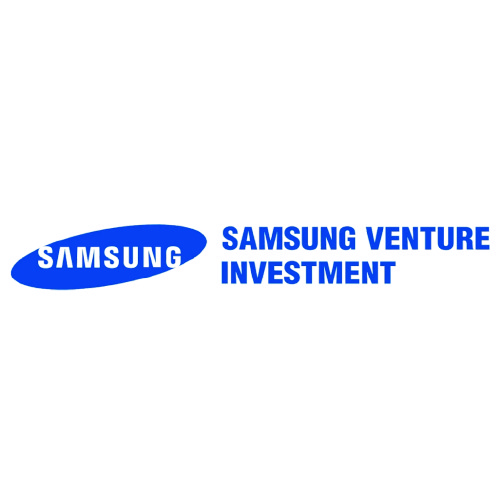Starting a CVC Team from Scratch
May 14, 2024
Interviewed by Nicolas Sauvage on January 20, 2022
Hired to start and guide LG Technology Ventures from scratch, Dong-Su Kim had very definite ideas about how he wanted to structure the fund’s team, objectives, and geography. He made the strategic decision to base the headquarters in Silicon Valley, reflecting the significance he places on close interaction between the business development and investment teams.
His interview on Corporate Venturing Insider with host and TDK Ventures President Nicolas Sauvage reveals additional insights into Dong-Su’s feelings about how a CVC should be operated and how his personal and career journey formed the foundation for those beliefs.
Education and Pre-CVC Career
Dong-Su said that since his early years, he had been torn between two career paths that reflect his twin passions.
“One was technology and science, and the other was business,” he said. “Unfortunately, when you’re in school, you have to choose one or one or the other. There isn’t a good program that connects those two. So, I started on the engineering side. My journey into corporate venture wasn’t a sudden entry. It was more gradual.”
After receiving his bachelor’s degree in applied physics from Cal Tech and a Ph.D. from Princeton in electrical engineering specializing in compound semiconductor devices, he started his career at Samsung, working in fiberoptic research and development. But even then, the industry’s business side kept tugging at his lab coat.
“I kind of volunteered to help the business guys with technical sales,” he said. “And even in grad school, I thought maybe I should get out and get an MBA. But I was pretty good at what I was doing in terms of R&D and engineering, so I continued to the Ph.D.”
Career Pivot
Dong-Su’s big break came disguised as a potential disaster. When the fiberoptic market crashed in 2021, Samsung decided to cut its losses and exit the industry, leaving Dong-Su with the choice of remaining in the company’s R&D division and working on liquid crystal displays or other products or pursuing his other passion by entering the business side of the business.
“I joined the technology alliance team, where my mission was to find partners in universities, R&D centers, and startups,” he elaborated. “That’s when I first got connected with corporate venture capital. The work looked very interesting and felt exactly like what I wanted to do all along.”
Only he didn’t have an MBA, which was pretty much a requirement for joining Samsung’s venture capital arm. Two years of persistence paid off, and the CVC director took a chance on Dong-Su.
“It was quite a risk because everybody else on the team came from a business background,” Dong-Su admitted. “But he did send me to a six-week MBA crash course, and then I learned a lot on the job.”
Investment Philosophy
Despite delaying his arrival in venture capital, Dong-Su believes his foundation in the technical side of the electronics industry serves him well.
“My undergraduate degree was in applied physics, and my Ph.D. was closer to the physics side, which provides very good fundamentals for learning new technologies,” Dong-Su reasons. “So, I could invest in companies doing LIDARs or equipment, or materials. It’s important to have a good grasp of the fundamentals.”
Dong-Su said a potential drawback, however, is that a tech-heavy education could lead to a bias for tech-heavy investment opportunities.
“I learned through the years that technology is just one piece of the puzzle or one leg of the stool,” he noted. “There are other aspects that are equally, if not more, important for business to succeed.”
An awareness of the multiple factors that contribute to a startup’s success also demonstrates the importance of building a team of people who collectively understand and can quantify those characteristics.
“It’s really hard to find people who have both investment experience and technology experience,” Dong-Su said. “And those people, even if you find them, are in such high demand that you have to compete against other CVC firms. We tend to skew more toward people who have more investment backgrounds with some engineering education and then train them on the technical aspects. But I also have one person on my team who has a Ph.D. and more of a technology background. I’m training him on the business side of things. We are open to just finding people and training them, so they can have more complete skill sets.
Moving Off the Balance Sheet
At Samsung Ventures America, Dong-Su progressed from negotiating and entering into deals to a role as an investment professional and finally into managing four offices — Silicon Valley, Boston, London, and Tel Aviv — that initiated 70% of the company’s investment activity.
Dong-Su’s name came up multiple times in LG’s search for a fund director. Despite his job security and position of authority, Dong-Su decided to leave Samsung for LG — under specific conditions. He was hired to build LG’s CVC team, processes, and portfolio from scratch.
“LG at that time didn’t have a dedicated corporate venture capital team,” he said. “They were just investing (via) the balance sheet of each company. I wanted a dedicated fund structure, not one off the balance sheet. So they started a task force and did a lot of homework. The interviewed a lot of people on how to structure it. You don’t have many opportunities like that,” he said. “If you’re building a startup, that’s one way to do it. But in most cases, you join an organization that already exists with its system, structure, and people. You learn a lot from those people, but once you get to a certain stage of your career, you want to build your own thing. So that’s why I made a huge jump and started LG Tech Ventures.”
The structure helps Dong-Su implement his investment philosophy of building strong, long-term partnerships with portfolio companies. He invests not only money but also passion into his startups, looking for multiple ways to support them other than financially.
“There are a lot of little things here and there that you can do that don’t reflect on your KPIs at the end of the year. But people appreciate them,” he said.
That added value increases when LG co-invests with other leading funds that can augment LG’s contribution of CEO coaching, business connections, and access to resources. Dong-Su learned through his experiences building partnerships with universities and research centers how to consider business dynamics and deal evaluation. As a result, he is better able to overcome barriers and convince the corporate side why a deal should be done. Career stages in big companies, startups, and Korean and Silicon Valley cultures give him a perspective that doing what’s best for all parties involved in the ultimate success. He doesn’t mind taking a subordinate role when it makes sense. LG’s associations with top-tier CVC partners make it easier to follow, rather than insisting on leading every deal. Of course, he is more than willing to lead and take a board seat when presented with a unique opportunity.
Still, “In most cases, you don’t need a (voting) board seat,” he said. “In most cases, a board director is just helping the company. You’re not providing much benefit to the mothership by being a full board director vs. an observer.”
Building a CVC Team
Since he was building LG Technical Ventures from the ground up, Dong-Su had carte blanche to structure his investment and business development teams as he saw fit.
“The first thing I did was reach out to people in my network — people I had co-invested with in the past, and I knew were looking for a new opportunity,” Dong-Su explained. “That’s how I recruited my managing directors. I went after people I knew and liked. I made sure I hired people who shared my values, were good people in general, were respectful of the entrepreneurs who do all the heavy lifting, and not overly aggressive. Then I built everything else around them.
The CVC is now led by Dong-Su, three managing directors, and two principals. Two more principals were scheduled to join shortly after this CVI episode was recorded.
“But because we are the corporate venture capital team, we also have to have a very strong business development team to support them,” Dong-Su said. “They are the ones who form the link between corporate and the investor team.”
Dong-Su explained that BD fills multiple roles.
“They manage our LPs. The business units understand their strategy and which areas to invest in. The third role they have is generating more market intelligence because any corporate venture capital team expects you to bring some of that Silicon Valley insight to the corporate.”
His team also includes five accountants and a controller.
“It’s a good team, probably half investment, a quarter business development, and a quarterback office. So, we have some flexibility and room to grow the investment side.”

 A deep understanding of physics can provide the foundation for new technologies, which in turn is useful when investing in companies developing LIDARs, electronics equipment, and advanced materials.
A deep understanding of physics can provide the foundation for new technologies, which in turn is useful when investing in companies developing LIDARs, electronics equipment, and advanced materials. 